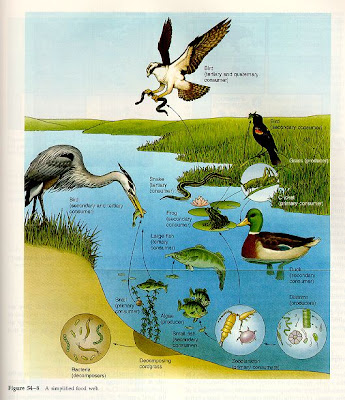Gene 2
Gene sequence 2:
ATG GCG GGT CTG ACG GCG GCG GCC CCG CGG CCC GGA GTC CTC CTG CTC CTG CTG TCC ATC CTC CAC
CCC TCT CGG CCT GGA GGG GTC CCT GGG GCC ATT CCT GGT GGA GTT CCT GGA GGA GTC TT
Gene 2 summary:
This gene encodes a protein that is one of the two components of elastic fibers. The encoded protein is rich in hydrophobic amino acids such as glycine and proline, which form mobile hydrophobic regions bounded by crosslinks between lysine residues. Deletions and mutations in this gene are associated with supravalvular aortic stenosis (SVAS) and autosomal dominant cutis laxa. Multiple transcript variants encoding different isoforms have been found for this gene. [provided by RefSeq, Jul 2008]
Gene 3
Gene sequence 3:
ATG CTC ACA TTC ATG GCC TCT GAC AGC GAG GAA GAA GTG TGT GAT GAG CGG ACG TCC CTA ATG TCG
GCC GAG AGC CCC AGC CCG CGC TCC TGC CAG GAG GGC AGG CAG GGC CCA GAG GAT GGA G
Gene 3 summary:
Alzheimer's disease (AD) patients with an inherited form of the disease carry mutations in the presenilin proteins (PSEN1 or PSEN2) or the amyloid precursor protein (APP). These disease-linked mutations result in increased production of the longer form of amyloid-beta (main component of amyloid deposits found in AD brains). Presenilins are postulated to regulate APP processing through their effects on gamma-secretase, an enzyme that cleaves APP. Also, it is thought that the presenilins are involved in the cleavage of the Notch receptor such that, they either directly regulate gamma-secretase activity, or themselves act are protease enzymes. Two alternatively spliced transcript variants encoding different isoforms of PSEN2 have been identified. [provided by RefSeq, Jul 2008]
Gene 5
Gene sequence 5:
ATG CGT CGA GGG CGT CTG CTG GAG ATC GCC CTG GGA TTT ACC GTG CTT TTA GCG TCC TAC ACG AGC
CAT GGG GCG GAC GCC AAT TTG GAG GCT GGG AAC GTG AAG GAA ACC AGA GCC AGT CGG GCC
Gene 5 summary:
This gene encodes a member of the fibrillin family. The encoded protein is a large, extracellular matrix glycoprotein that serve as a structural component of 10-12 nm calcium-binding microfibrils. These microfibrils provide force bearing structural support in elastic and nonelastic connective tissue throughout the body. Mutations in this gene are associated with Marfan syndrome, isolated ectopia lentis, autosomal dominant Weill-Marchesani syndrome, MASS syndrome, and Shprintzen-Goldberg craniosynostosis syndrome. [provided by RefSeq, Jul 2008]
Gene 6
Gene sequence 6:
ATG CCG CCC AAA ACC CCC CGA AAA ACG GCC GCC ACC GCC GCC GCT GCC GCC GCG GAA CCC GGC ACC
GCC GCC GCC GCC CCC TCC TGA GGG ACC CAG AGC AGG ACA GCG GCC CGG AGG AC
Gene 6 summary:
The protein encoded by this gene is a negative regulator of the cell cycle and was the first tumor suppressor gene found. The encoded protein also stabilizes constitutive heterochromatin to maintain the overall chromatin structure. The active, hypophosphorylated form of the protein binds transcription factor E2F1. Defects in this gene are a cause of childhood cancer retinoblastoma (RB), bladder cancer, and osteogenic sarcoma. [provided by RefSeq, Jul 2008]















